 size matters
size matters
When it comes to choosing leisure batteries for your narrowboat, you need to check the existing batteries for size and amperage rating. If you're living on the boat you will be reliant on the batteries, so it's very important to choose the right ones to power your everyday accessories. The physical size is crucial when choosing a battery. The bigger the battery, the bigger the ampere hour rating.
choose the right type of leisure battery
Narrowboats tend to use unsealed batteries as most designs have the batteries located near the engine bay. Excessive heat will cause evaporation and therefore unsealed batteries, even though most units are maintenance free, can be replenished with fluid to prolong their life. However, most leisure batteries are sealed units these days but are perfectly fine to use.
The most common leisure / deepcycle batteries used are listed below and they range from 110ah - 230ah.
There are 3 different grades of Leisure Batteries, Wet Flooded Lead Acid (the most common and cheapest), AGM Leisure Batteries and GEL Batteries. The pro's & Con's are described below. The physical size is crucial when choosing a battery. The bigger the battery, the more ampere hours (capacity).
 standard wet flooded lead acid leisure batteries
standard wet flooded lead acid leisure batteries
Pros: These are the most common and popular type of leisure battery, sealed or unsealed. They are reasonably priced and can be used on most applications.
Cons: You should really only drain these batteries down to 40% of their capacity, so for example, if you had a 110ah battery, you're only using 60% of its capacity. They also drain quickly and take longer to recharge.
 agm leisure batteries
agm leisure batteries
Pros: AGM batteries have come down a lot in price over the last few years. They are becoming more & more popular for use on Camper Vans & Motorhomes which is understandable as AGM batteries are sealed, non spill-able and emit minimal gases.
They drain at a slower rate, so will last longer between recharges.
You can also use 80% of its capacity and they will charge almost 3 times faster than a standard flooded type battery.
AGM batteries have high cranking ability, so can power Caravan Movers and Outboard Motors. AGM batteries can also perform more cycles.
Cons: There aren't really any cons regarding these battery types. They used to be expensive and were limited in size variations. Now, there are many different sizes to choose from.
 gel deep cyclic batteries
gel deep cyclic batteries
Pros: Gel Leisure Batteries are pure deep cyclic. These can be drained almost completely flat and still recover.
Suitable for deep discharge applications such as catering equipment, security cameras etc.
Cons: Sadly Gel batteries are very expensive, we only supply the best product brand of Gel which is Sonnenschein. The leisure Gel range we supply are not really suitable for starting applications but you can buy Gel batteries products with starting use.
Starter Batteries
We also supply engine starter batteries. Again starter batteries do vary in size and amplitude.
A deep-cycle battery is a lead-acid battery designed to be regularly deeply discharged using most of its capacity. In contrast, starter batteries (e.g. most automotive batteries) are designed to deliver short, high-current bursts for cranking the engine, thus frequently discharging only a small part of their capacity.


 There are occasions when I get a message and photo that causes me to drop everything and get in the car and drive. The attached photo, received a while ago, was one such occasion. There are some that will say they know the problem and I could have dealt with it by messenger but things are not always as simple as they first seem.
There are occasions when I get a message and photo that causes me to drop everything and get in the car and drive. The attached photo, received a while ago, was one such occasion. There are some that will say they know the problem and I could have dealt with it by messenger but things are not always as simple as they first seem.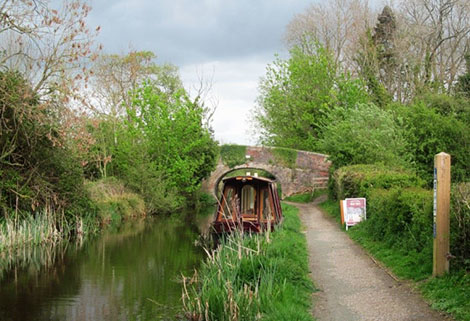
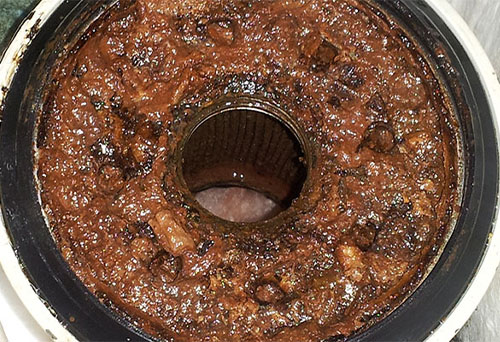 Diesel bugs are microbes that live at the interface between water and diesel fuel.
Diesel bugs are microbes that live at the interface between water and diesel fuel.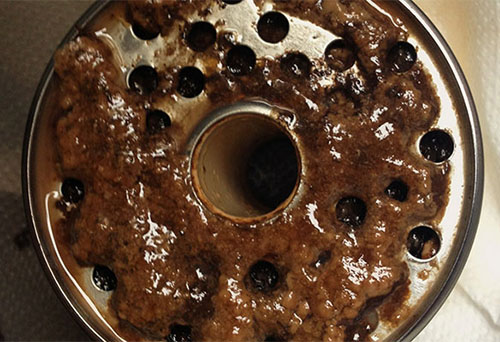
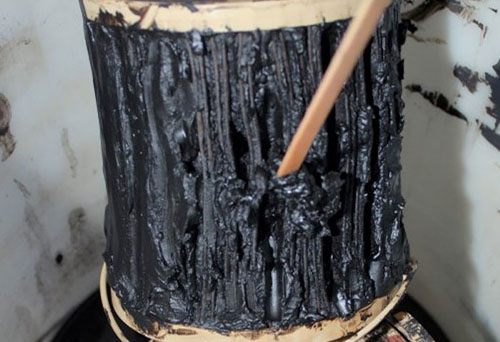
 Ian Currie is the owner of Fuel Guard, and has 25 years of experience associated with heavy trucks, earth moving, plant hire, construction, marine and the agricultural market -specialising in fuel, lubrication and filtration systems.
Ian Currie is the owner of Fuel Guard, and has 25 years of experience associated with heavy trucks, earth moving, plant hire, construction, marine and the agricultural market -specialising in fuel, lubrication and filtration systems.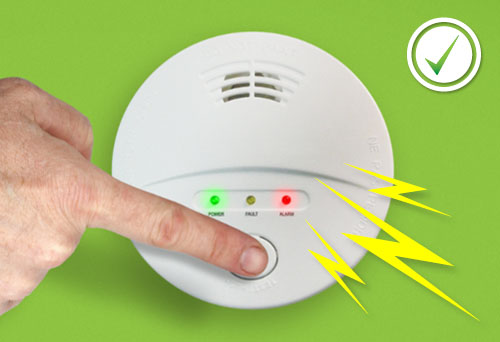
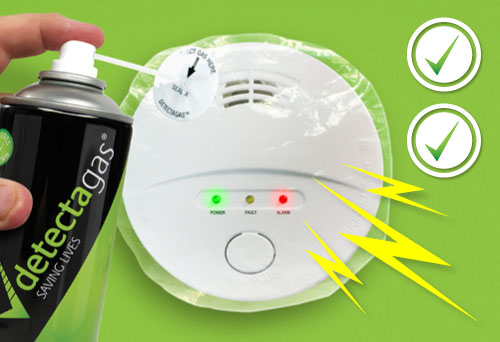

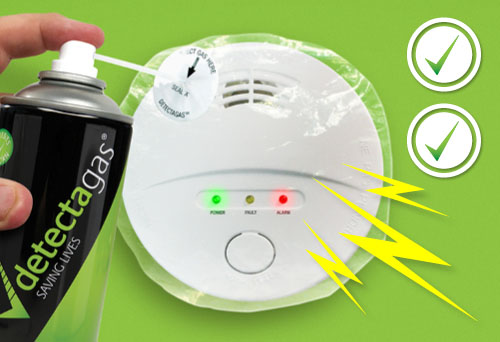
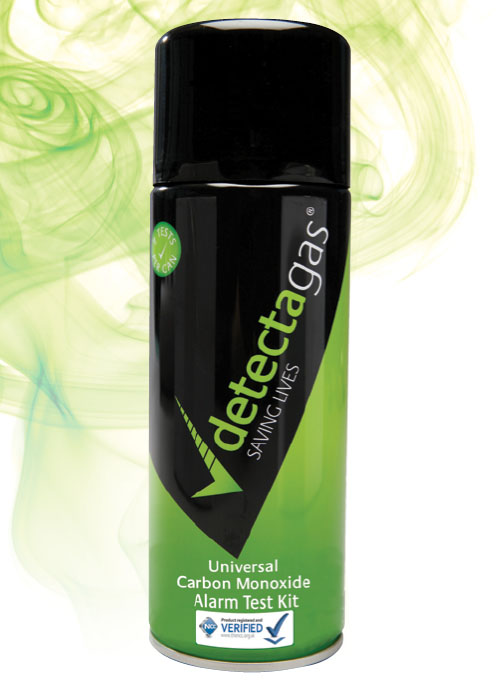

 size matters
size matters standard wet flooded lead acid leisure batteries
standard wet flooded lead acid leisure batteries agm leisure batteries
agm leisure batteries gel deep cyclic batteries
gel deep cyclic batteries